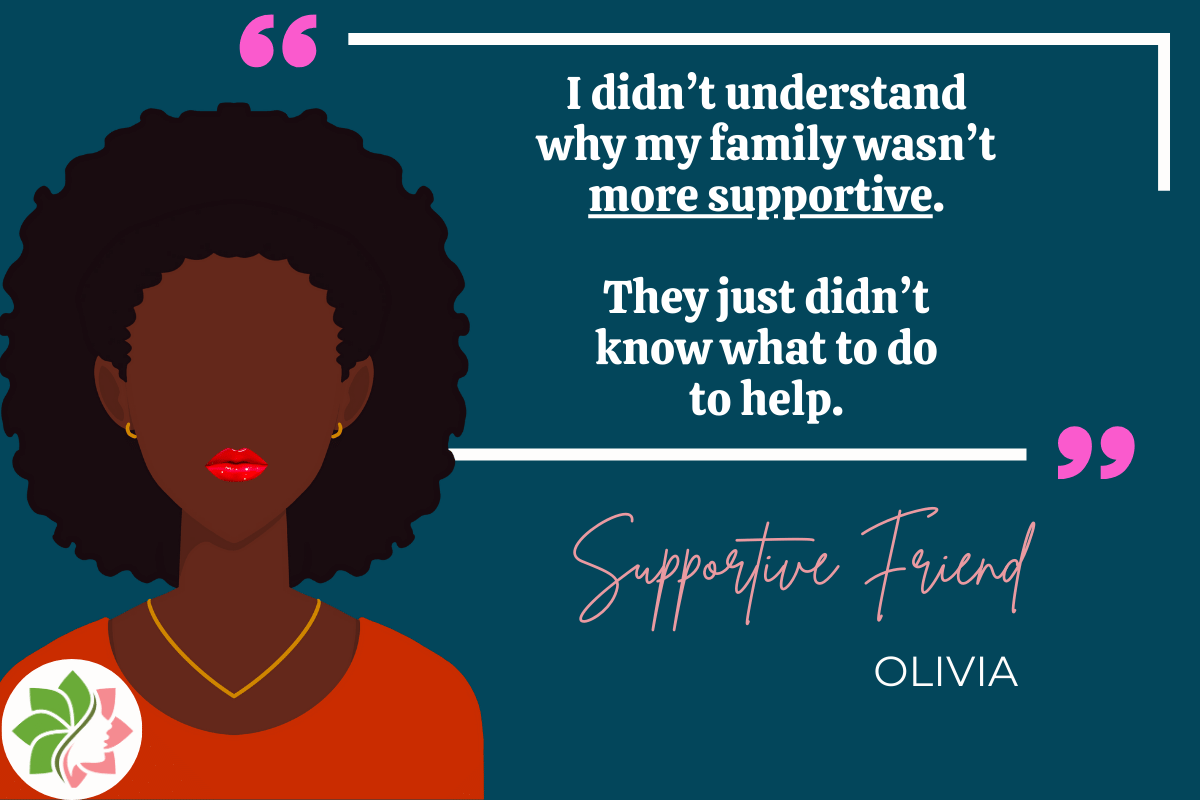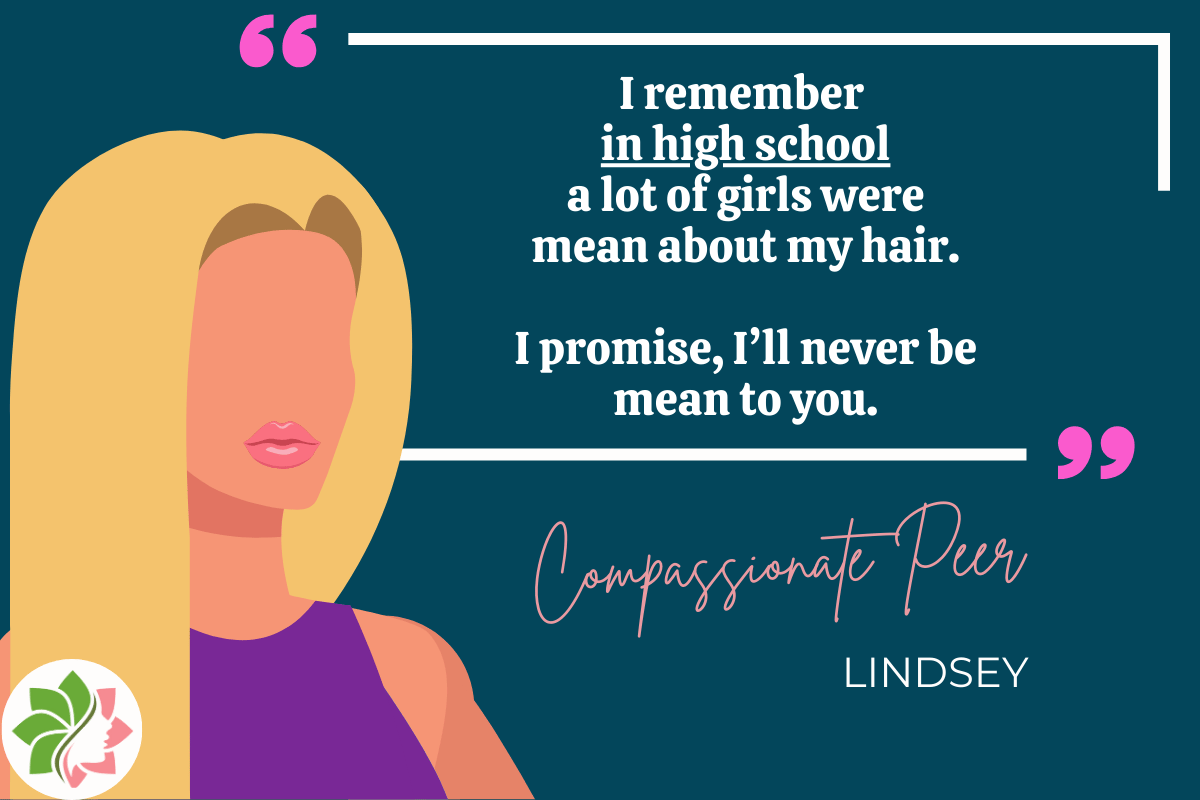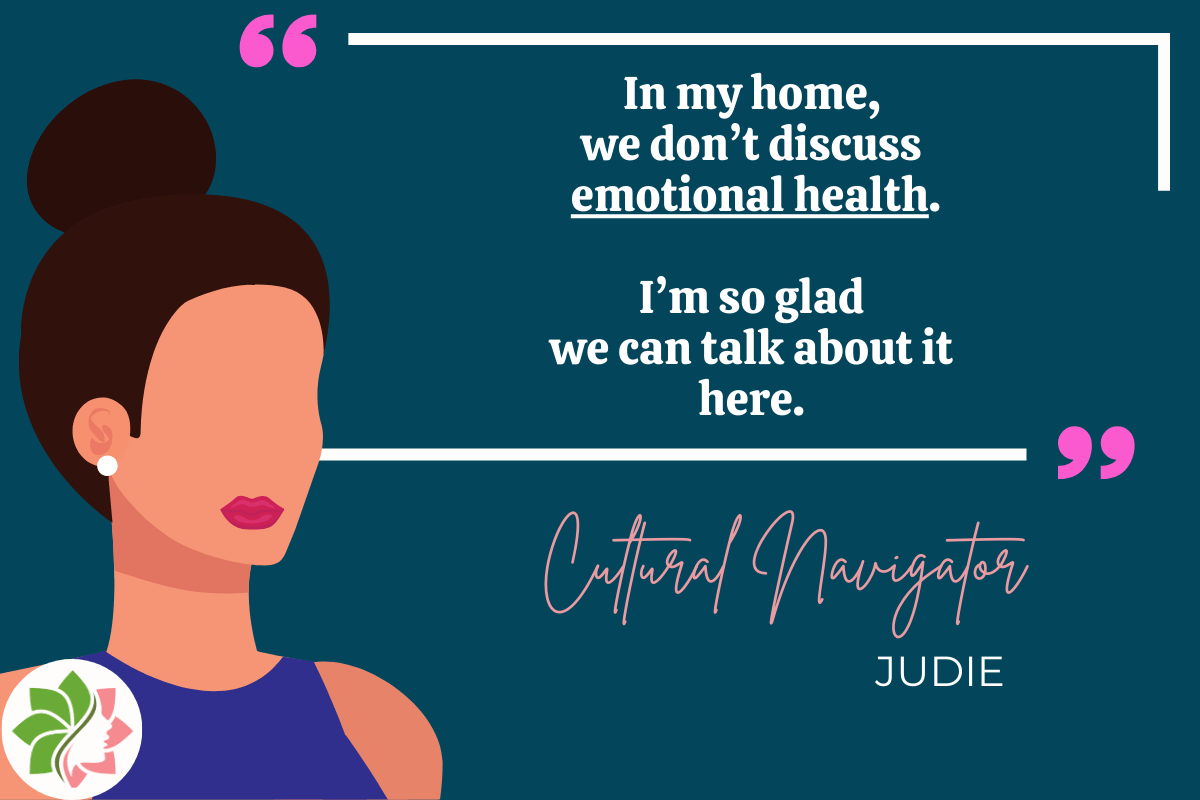Understanding and supporting someone with trichotillomania (TTM) can be challenging due to societal stigmas and misconceptions about the condition. Women with TTM often hesitate to share their struggles because they fear judgment or misunderstanding from their loved ones.
Healing from this chronic medical condition requires a deep level of understanding, support, and help from the people around them. Here are some examples of how you can have compassionate and supportive conversations with a loved one who is living with the impacts of chronic hair pulling.
Healing from this chronic medical condition requires a deep level of understanding, support, and help from the people around them. Here are some examples of how you can have compassionate and supportive conversations with a loved one who is living with the impacts of chronic hair pulling.
Causes and Triggers of Trichotillomania
Trichotillomania is a complex condition with various causes and triggers. Understanding these can help you better support a loved one dealing with TTM.
1. Biological Factors
2. Psychological Factors
3. Environmental Factors
4. Habitual and Behavioral Factors
5. Nutritional Factors
1. Biological Factors
- Genetics: Family history can play a role in the development of TTM.
- Brain Structure: Differences in brain structure, particularly in areas related to impulse control, may contribute to TTM.
- Glutamate Regulation: Imbalances in glutamate, a neurotransmitter, can impact impulse control and compulsive behaviors, including hair pulling.
2. Psychological Factors
- Emotional Stress: Anxiety, depression, and stress can trigger hair-pulling episodes.
- Trauma: Past traumatic experiences can lead to the development of TTM as a coping mechanism.
3. Environmental Factors
- Environment: Certain stressful environments or situations can increase the likelihood of hair pulling.
- Learned Behavior: Observing others with similar behaviors can contribute to developing TTM.
4. Habitual and Behavioral Factors
- Sensory Relief: Some individuals find sensory relief in hair pulling, especially when they are overwhelmed with anxiety or stress.
- Habit: Over time, hair pulling can become a deeply ingrained habit. That does not mean women cannot learn ways to manage this medical condition, but that the healing process may take longer depending on how long the person has been pulling their hair.
5. Nutritional Factors
- Food Sensitivities: Certain foods and chemicals can impact TTM symptoms. For example, monosodium glutamate (MSG) can affect glutamate levels in the brain. Glutamate is a neurotransmitter that, when imbalanced, can impact anxiety levels and compulsive behaviors, including hair pulling. Avoiding foods high in MSG and focusing on a balanced diet can help manage these urges.
- John Kender Diet: This diet specifically avoids foods that are thought to exacerbate hair-pulling behaviors by affecting glutamate regulation. It emphasizes avoiding certain artificial additives and consuming foods that promote better neurological health.
Medication for Trichotillomania
While medication can sometimes help manage symptoms of trichotillomania, it is important to note that there is no FDA-approved medication specifically for TTM that works for everyone. Treatment effectiveness can vary widely among individuals. Common medications that are sometimes prescribed include:
Remember, there is no magic pill that will make chronic hair pulling instantly go away, forever, for every person.
It’s essential for individuals with TTM to work closely with a multidisciplinary team that includes trich-informed doctors, therapists, nutrition experts, and cosmetologists to find the best treatment plan for their specific needs, as medication alone is usually not sufficient.
- Selective Serotonin Reuptake Inhibitors (SSRIs): Such as fluoxetine (Prozac) or sertraline (Zoloft), which can help manage anxiety and depression symptoms that may accompany TTM.
- Clomipramine (Anafranil): A tricyclic antidepressant that has been used with some success in treating TTM.
- N-Acetylcysteine (NAC): An over-the-counter supplement that has shown promise in some studies for reducing hair-pulling urges.
Remember, there is no magic pill that will make chronic hair pulling instantly go away, forever, for every person.
It’s essential for individuals with TTM to work closely with a multidisciplinary team that includes trich-informed doctors, therapists, nutrition experts, and cosmetologists to find the best treatment plan for their specific needs, as medication alone is usually not sufficient.

Why Personalized Action Plans Work Best

Common Misperceptions About Trichotillomania

How to Approach Conversations with Empathy

Take the Next Step in Healing from Hair Pulling

About HFHP
References
UNTRICK YOURSELFTM
Learn more self-care tips for hair pullers
Explore our educational healing course for women who have trichotillomania.
Write your awesome label here.





